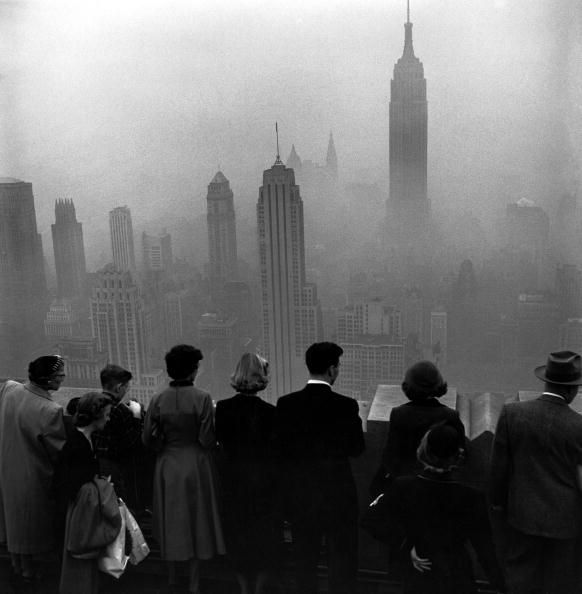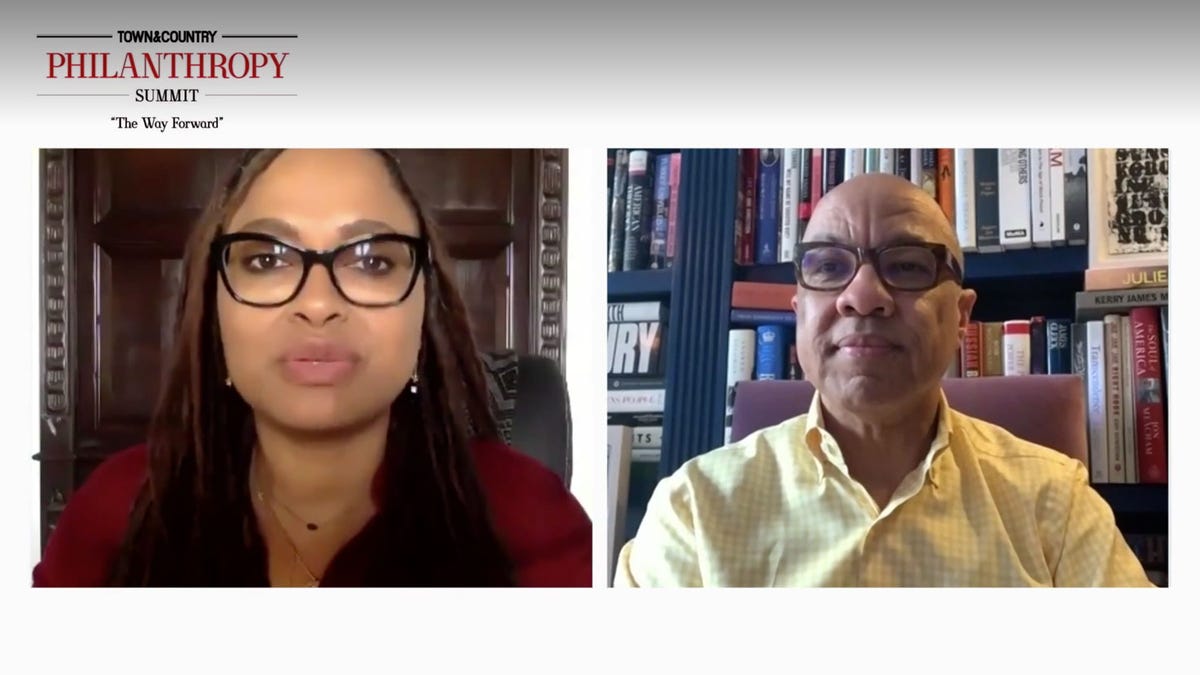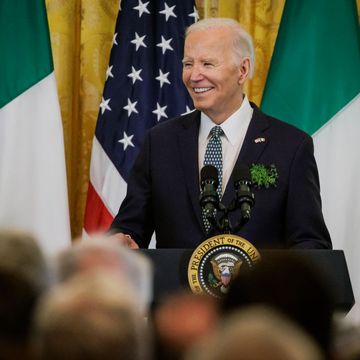In season one of the Netflix series The Crown, an episode centers around "the Big Smoke," five days in the December of 1952 when pollution in London was so bad it inhibited visibility and caused the deaths, directly and indirectly, of thousands of people. The smog was gone as quickly as it came in, thanks to a shift in the weather, but it spurred the British government to rethink environmental legislation, eventually bringing about the Clean Air Acts of 1956 and 1968.
What few Americans know is that New York City experienced similar bouts of deadly smog in the 1950s and 1960s, the most severe of which took place in November of 1966.
At the time, officials warned people with heart, lung, or respiratory issues to stay inside, and Austin N. Heller, the commissioner of air pollution control in New York City, said that "the pollution count was possibly the highest in the city's history."
The pollution was so bad, it lead to the deaths of about 200 people in New York; similar episodes in 1963 and 1953 also killed hundreds. And over the course of the 1960s, deaths in the city from both pulmonary emphysema and chronic bronchitis rose dramatically, a surge that can be attributed to widespread smoking but also to just how dirty the air was.
“I not only saw the pollution, I wiped it off my windowsills,” Albert Butzel, an environmental lawyer, recalled in the New York Times last month. “You’d look at the horizon and it would be yellowish. It was business as normal.”
When the smog was featured in an episode of Mad Men in 2012, Gothamist uncovered a video of New York women discussing air pollution in 1966.
"My only complaint is the air! It's so dirty. I have to wash my children's clothes so many times a day. They never seem clean," said one woman. A quintessential New Yorker, she also said, "It seems to be coming from over there in New Jersey."
As New York Times writer Jim Dwyer reflected recently, "New York City before the E.P.A. [Environmental Protection Agency] and the movement it represented would be almost unrecognizable in 2017."
And while Donald Trump's proposed cuts to the E.P.A. might not immediately bring back the deadly smog of the 1950s and 1960s, eliminating one-third of the agency's funding, as Trump has proposed, could have serious effects on Americans' health. The smog of our past serves as a cautionary tale of what our skies can and did look like without the protections of the Clean Air Act.
"There are a number of health risks inherent to the proposed budget cuts," wrote Christine Todd Whitman, the administrator of the Environmental Protection Agency under George W. Bush. "As Congress considers its own spending proposals to counter the president’s, lawmakers must reject Trump’s cuts to the EPA—for the sake of all Americans’ health."
As the digital director for Town & Country, Caroline Hallemann covers culture, entertainment, and a range of other subjects














